Honey has long been considered one of the most delicious sweets around, and has a long tradition in many cultures around the world for its health benefits – in this article we focus on how to make honey at home.
Many people are now aware that there is a significant decrease in the bee population globally. While there hasn’t been a definitive answer as to why this is the case, the impact of this decline is palpable. Increasing prices for honey products, along with a reduction in the quality of store bought honey are becoming the norm. Some honey is of questionable quality, and many products are largely a sugar based corn syrup. This trend seems to be increasing as the price of honey sky-rockets, and unscrupulous resellers take advantage of high prices to dupe consumers.
Thankfully, creating quality honey yourself is a great way to not only have a pure and natural source of this golden wonder food, but also to do some small bit to ensure the longevity of the honey bee population. Known as an Apiary, the keeping of bees can be a fulfilling and incredibly rewarding experience for many.
The basics of creating a hive, keeping the bees healthy and happy, and harvesting a great honey product are reasonably straight-forward. That said, for the uninitiated, some guidance and instruction is always helpful in order to avoid some common mistakes, and to ensure you get the best results.
Make Honey – Benefits
Keeping Bees offers numerous benefits – they include:
Make Honey – it has been estimated that a single bee can produce a fraction of a teaspoon of honey in its lifetime. On its own this may seem insignificant, but in a bee colony there are thousands of bees, and the resulting production means there is a lot of potential honey.
Pollination – healthy plants rely on some form of pollination, and having a strong bee population in your vicinity means that your plants, flowers, trees and vegetables will have excellent support. Some estimations have been made that state nearly one third of all the food we eat relies on bee pollination. That is an enormous impact on our food chain.
Wax – One great byproduct of bee keeping is the wax that is created in part of the bee’s honey making process. Bees’ wax is well known for its many uses, from candle making to creams, and nearly any other application where other waxes are used.
Cost of Bee Keeping
One of the great things about keeping an apiary, is that the startup costs are relatively low, and the amount of time needed to keep the colony and product is low. There are numerous starter kits which you can purchase to make this process easier, which include all the equipment and tools required to get started without much cost. One highly rated kit, is the 10 frame hive from Mann Lake, which provides all you will need to get started at a very low cost – it can be as low as 150-200 dollars to get started. A modern approach has been developed in Australia, which makes the harvesting of honey a much easier process, comes from Flow Hive. They also have created kit systems, such as their Flow Hive Classic, which aims to make the exercise of raising bees and harvesting a honey a whole new and easier experience. The costs for these kits are higher than other kits available, but still not exorbitant, and hovers around 700-800 dollars. It should be noted, that in using a flow hive, there are none of the additional honey extraction costs which you may assume when using more traditional methods.
Getting Your Bee Colony Started
It is possible to buy a small initial bee population to get you started, though there are bee “attraction” liquids that are often used to bring your first bee colony to your hive without purchasing a base population. It should be noted however, that Wild bees can carry disease or have weak genetic material, and the queen may have been injured or killed – so it may be wise to consider purchasing your initial bee population as a beginner. There will be many who suggest that purchasing bees leaves your colony open to potential hazards, as they are not well protected from natural disease in the area, though general wisdom seems to suggest purchasing your first colony as a good option. There are organizations that can assist you with getting your first bee nuc, though this will be dependent on your location. One place to start is Maramac Valley Apiaries, which advertises the sale of packages, queens and nuc products which may be of interest. Many others organizations source bees, and a basic search in your area should yield results.
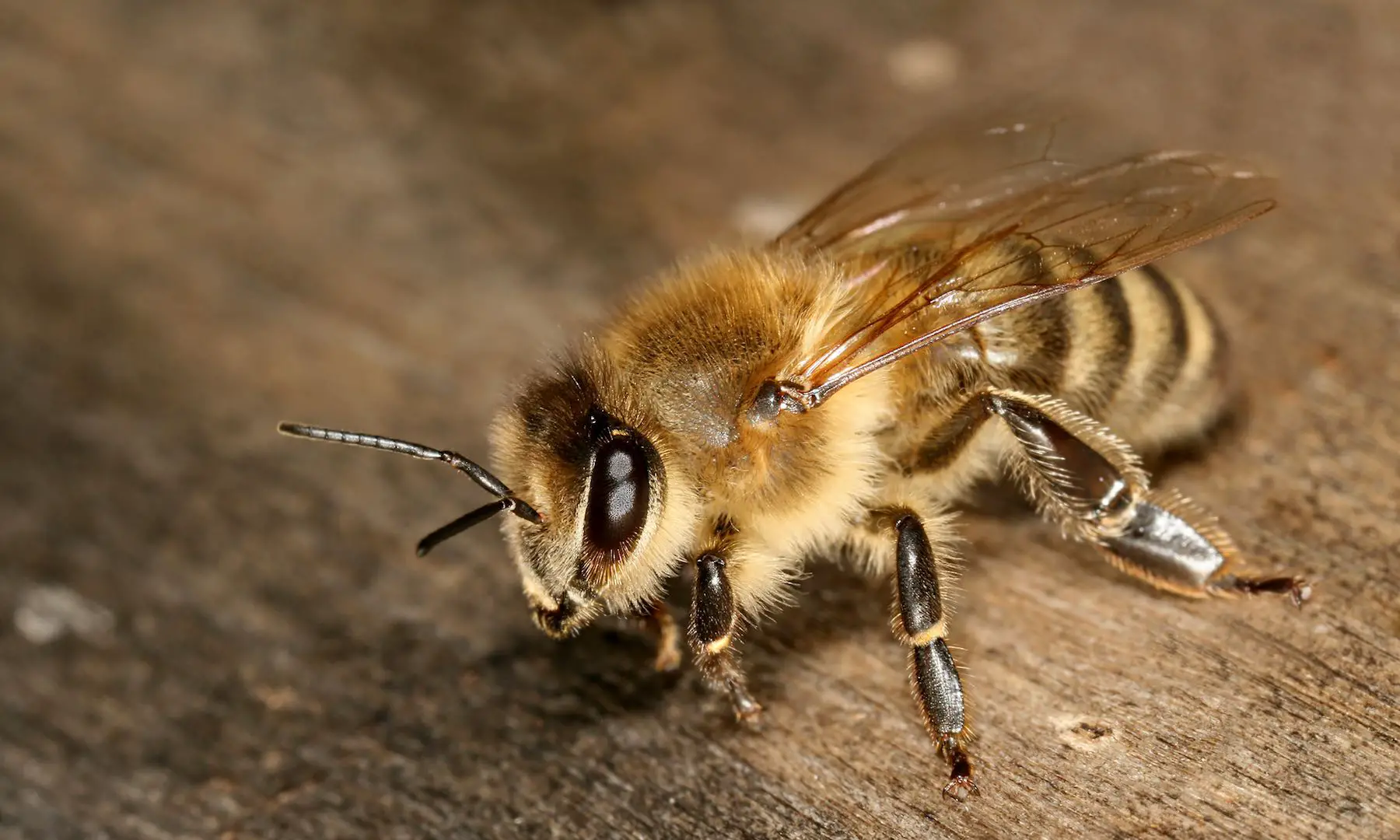
Introducing bees to your hive is perhaps the most tricky part of the entire process. Building the hive is a simple process that takes very little time, but ensuring the bees stick to the hive and continue to breed and make the liquid gold you are looking for is slightly more involved. Common instruction suggests there are two basic methods of populating your hive. The first method is a Packaged method that comes in two forms, the second is the Nucleus method, where you purchase an existing colony with workers and queen bee that is already accepted by the colony.
The Packaged Method
This method can be completed in two different ways, either by introducing the bees to the queen directly, or a slower process known as Indirect introduction.
Direct Introduction – this method is potentially the fastest way to get a colony started, but has risks associated with it. The worker bees are packaged with the queen and released immediately to her. The risk is that they will attack the queen without accepting her, and thus destroy your colony, as it will not survive without a healthy queen; however, if they do accept her, the hive will begin producing honey faster than an Indirect introduction.
Indirect Introduction – the introduction of worker bees to a hive with a queen (they will reach her by eating their way towards her through nutrient rich materials). The time to being a productive hive is usually longer using this technique.
Nucleus Method
This technique means you purchase an existing colony with a previously accepted queen, and will be productive immediately. Some wisdom suggests however, that your colony may suffer from a weak or sick queen, and limit the lifespan of your colony.
When purchasing your colony, it is wise to speak with the vendor who will provide your bees, and discuss their recommendations.
Once the bees have successfully integrated with the queen, it is only a matter of time before you will be harvesting the golden elixir that is your honey. Generally, a hive can be harvested once per season, and depending on the size of your colony, you can expect a fairly significant quantity of honey. Harvesting honey from the hive is not overly complicated, and requires simple tools and skill to take the honey combs from the hive, and extract the honey from the waxy combs.
Honey Extraction
After all the effort creating your hive, and being patient in caring for the bees while they make honey, it is time to harvest. It is important to note, that while harvesting is not overly complicated, it is wise to ensure you have correct clothing when you remove the racks. It is recommended that if possible you go to a working aviary and spend some time going through the process with an experienced bee keeper prior to harvesting your own. Logically speaking, if you have allergies, take all the necessary precautions to avoid any problems with stings or reactions.
Having observed various different people extracting their honey, it can be a very fulfilling process. That said, the latest Flow Hive designs make this process so simple and easy, that I highly recommend it for beginners, and even for experienced bee keepers, as it is surprisingly easy – just a bit like having Honey on tap!!
If you do prefer the traditional methods however, the following is for you.
Removing the combs from the hive
When removing the supers (the name for the wracks on which the bees put the honey) should be done in a calm and slow manner. There is not need to rush, and the bees will not be overly active if you use slow gentle movements. It is highly advised that you don’t wear any scents like cologne, perfume, hairspray or these types of things when you do the harvesting, as this will draw the attention of the bees, and it is likely some of them will fly towards you if you are smelling good!
Slowly remove the supers from the box, gently brushing the bees away – they should fall off or simply fly off. A gentle brush and light shake is all that should be necessary. Don’t shake the supers too much, to avoid any problems with the super. Like most activities, there are special pulling j-hooks you can use to assist you in raising the supers from the hive – Aipleril’s 11″ j-hook scraper is a good example of such a tool.
Once you have removed the supers, you are now ready to remove the honey combs, which you will use in the next steps to extract the honey.
Prior to extracting the honey from the combs, it is necessary to “uncap” the combs, which is a process of removing the wax caps from the top and bottom portion of the combs. This allows the honey to be extracted more easily, and with less filtering later. There are, as with so many other things, various tools at your disposal for doing this. Using long “uncapping knives” is the usual method, and these can be purchased in various forms. Two suggestions are the manual knife, such as the 11″ uncapping knife from HLPB, or an electric uncapping knife such as those provided by BeeHelpers. It should be noted that when using an electric uncapping knife, it is worthwhile getting one with a thermoregulator/thermostat. This will allow you to ensure the correct temperature for melting and/or uncapping the wax without burning or carmelizing the honey. Many complain that cheaper models are simply too hot, and end up creating more problems than they solve – so be mindful of this if you choose to go electric. Finally, there are some who use a wire roller, though this technique seems less popular than the knife tools, as it simply pokes holes into the wax caps, allowing the honey to move more freely, but doesn’t remove any wax, which can make later filtering more of a chore.
There are some different methods for removing the honey from the combs, but the most common is a centrifugal/spinner system which uses the pressure created by the spinning motion to draw they honey away from the combs, where it is collected in a container. Some great centrifuges exist, such as the Vivo 2 frame spinner, which many rate highly, and provides a clear lid for viewing during the spinning process.
Once the caps have been removed, extracting the honey in a spinner is a fun exercise, cranking the handle and letting the centrifugal force draw the honey into the extraction container. It will then exit through the bottom, where you should allow it to flow through a sieve or cheese cloth to remove any additional wax or other foreign material. It can be extracted into a large plastic bucket, for which you should have a lid. After it has been extracted into the container, you should allow it to sit for a 2-3 days, which will permit any other material to rise to the top for easily removal, and any air bubbles will rise to the top. In addition, it is possible there will be a foam build-up, which you can easily scrape off after a few days of settling.
Bottling and capping
Once your honey has been filtered and settled, you can easily transfer it to smaller jars or bottles for storage, or for giving away to your friends and family. Everyone is sure to enjoy the all-natural handmade products, and I have yet to hear anyone complain about getting such a fantastic gift!! You will be complimented over and over!
It is not complicated to make honey, though it requires care and attention, particularly in the cultivation and care of your hive and the bees. As this article can’t possibly cover every detail, there are numerous excellent books on creating your Aviary, and a multitude of videos available to assist you in the fun hobby of bee keeping and to make honey.
If you have any questions, we’d love to hear from you – leave comments below, and as always we will do our best to give you our thoughts and guidance as we are able.
Summary – How to Make Honey at Home
Making honey at home can be a rewarding and enjoyable experience. Whether you’re looking to become a hobbyist beekeeper or produce honey for your family’s use, the process is relatively simple and requires only a few pieces of equipment. From setting up your hive and caring for your bees to harvesting and processing your honey, this guide has provided a comprehensive overview of how to make honey at home. So, roll up your sleeves, put on your bee suit, and get started on your sweet journey of beekeeping and honey making.










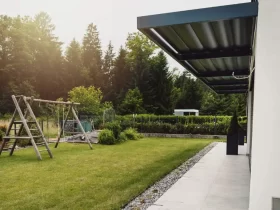





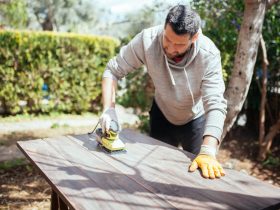

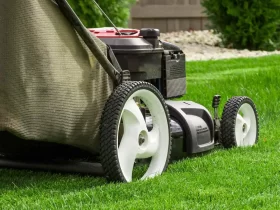


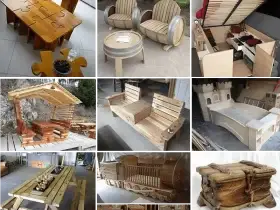
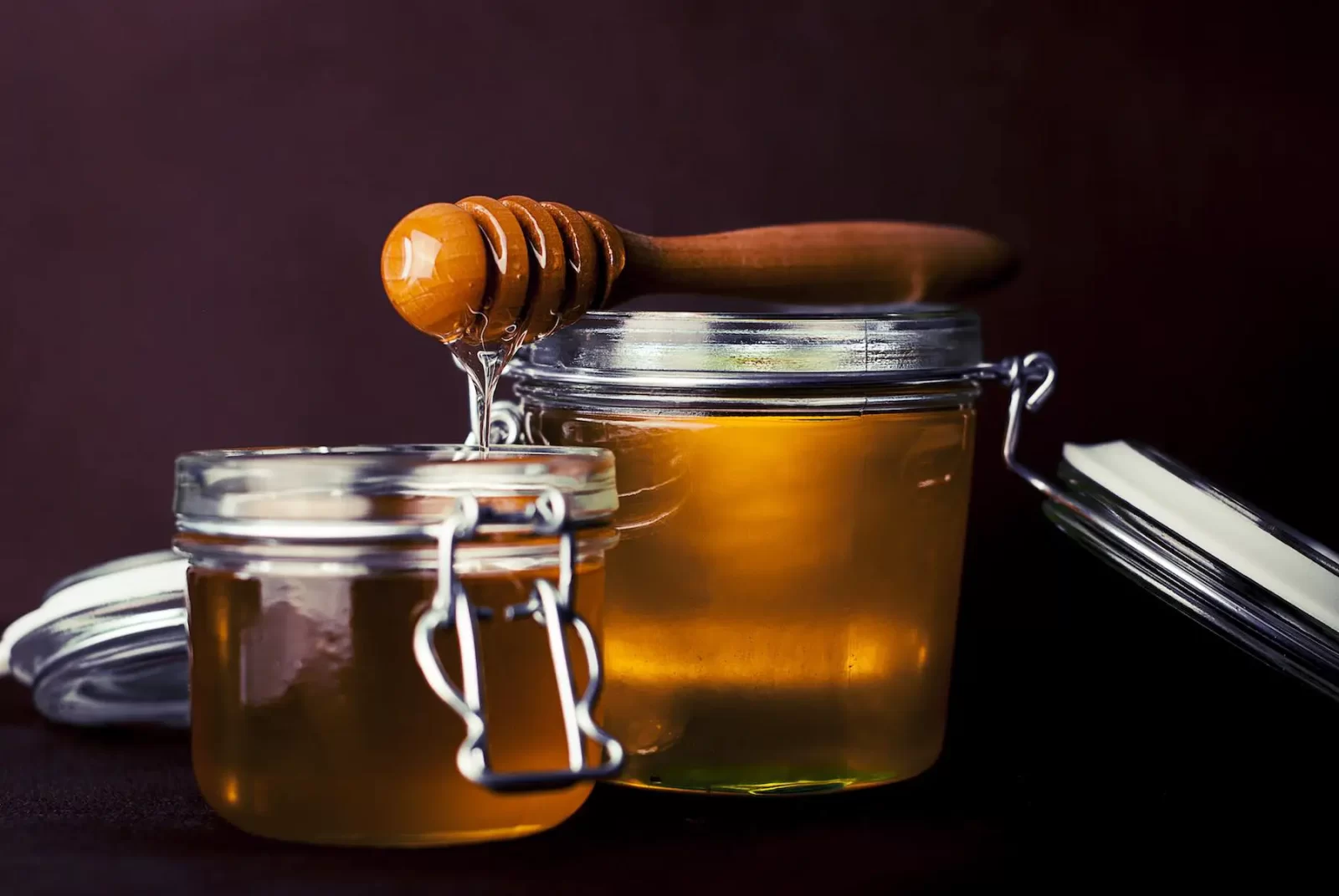





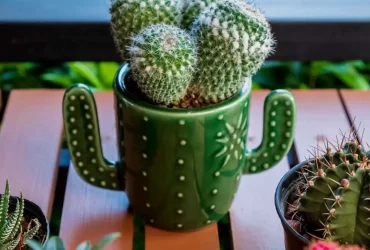


Leave a Reply